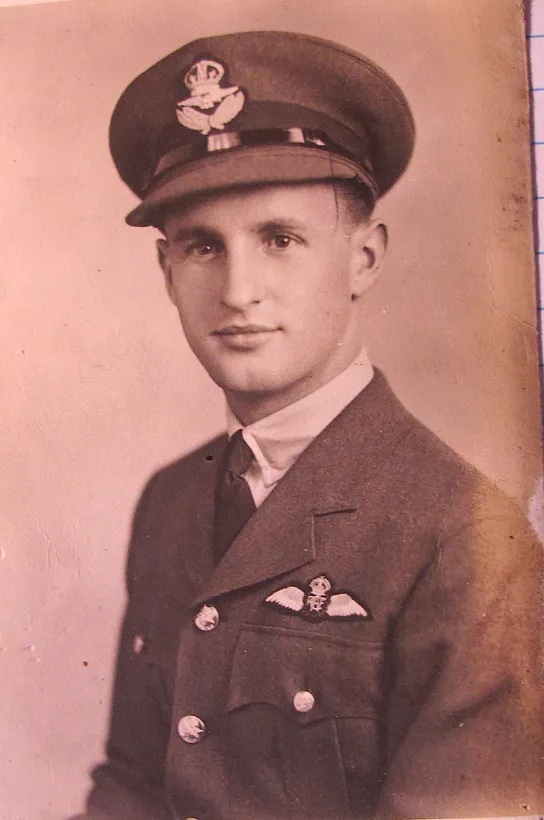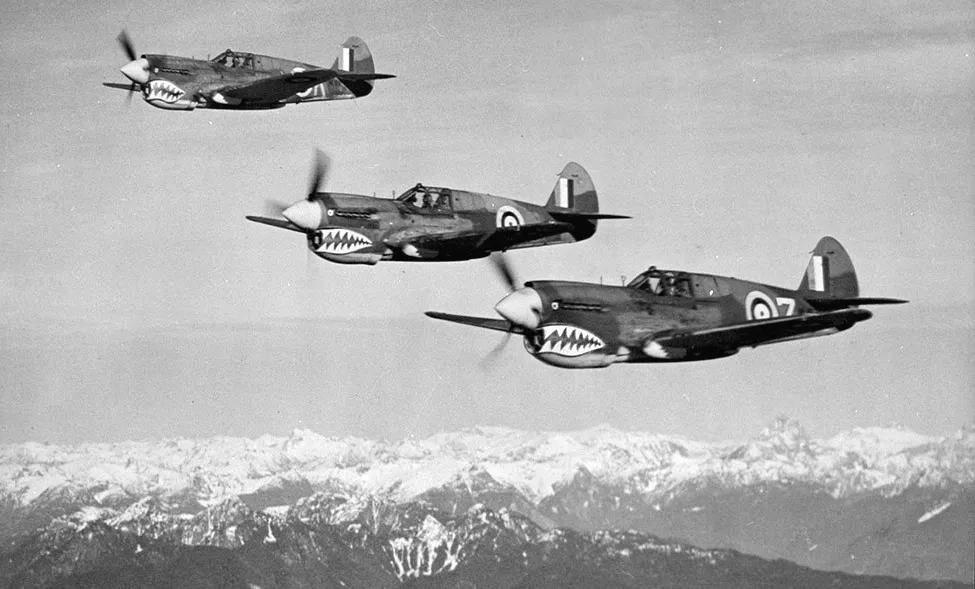Murchie, John Hunter (Pilot Officer)
Killed in Flying Accident 1941-December-12


Birth Date: 1919
Born:
Parents: Son of W. T. Murchie and Ruby J. Murchie, of Toronto, Ontario.
Spouse:
Home: Toronto, Ontario
Enlistment:
Enlistment Date: unkown date
Service
RCAF
Unit
41 OTU- Operational Training Unit (RAF)
Base
Rank
Pilot Officer
Position
Pilot
Service Numbers
J/7237
Home
Crew or Other Personnel
Tomahawk AH919
Tomahawk serial: AH919

RCAF Curtiss P-40 Kittyhawks in formation over the West Coast, 11 Nov 1942
The Curtiss P-40 (known as the Warhawk in the USA) is single-engined, single-seat, all-metal fighter and ground-attack aircraft that first flew in 1938. Â The British Commonwealth air forces including the RCAF, and the Soviet air forces used the name Tomahawk for models equivalent to the P-40B and P-40C, and the name Kittyhawk for models equivalent to the P-40D and all later variants. Â The P-40 was in frontline service until the end of the Second World War. Â It was the third most-produced American fighter of the war after the P-51 and P-47, with 13,738 being built in Buffalo, New York. Â Based on war-time victory claims, over 200 Allied fighter pilots from 7 different nations (Australia, Canada, England, New Zealand, South Africa, the Soviet Union and the United States) became aces flying the P-40. Â A total of 13 RCAF units operated the Kittyhawk in the North West European or Alaskan theatres.
In mid-May 1940, Canadian and US officers watched comparative tests of a XP-40 and a Spitfire, at RCAF Station Uplands, Ottawa, Ontario. Â While the Spitfire was considered to have performed better, it was not available for use in Canada and the P-40 was ordered to meet home air defense requirements. Â In all, eight Home War Establishment Squadrons were equipped with the Kittyhawk: 72 Kittyhawk Mk. I, 12 Kittyhawk Mk. Ia, 15 Kittyhawk Mk. III and 35 Kittyhawk Mk. IV aircraft, for a total of 134 aircraft. Â These aircraft were mostly diverted from RAF Lend-Lease orders for service in Canada. Â The Kittyhawks were obtained in lieu of 144 Bell P-39 Airacobras originally allocated to Canada but reassigned to the RAF. Harold A Skaarup Web Page